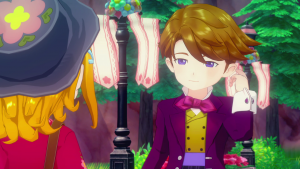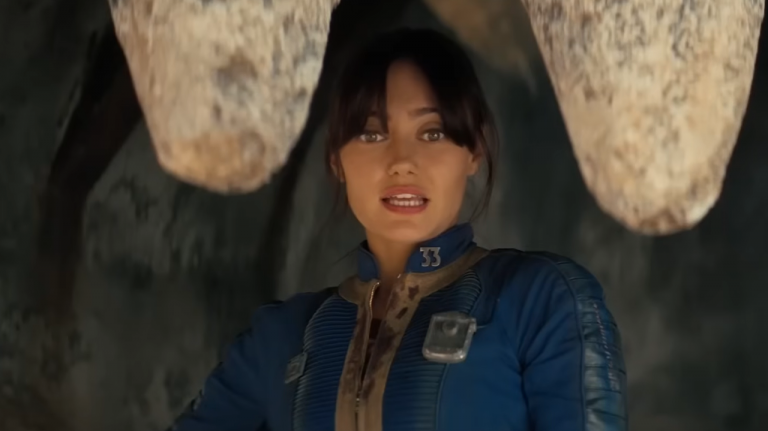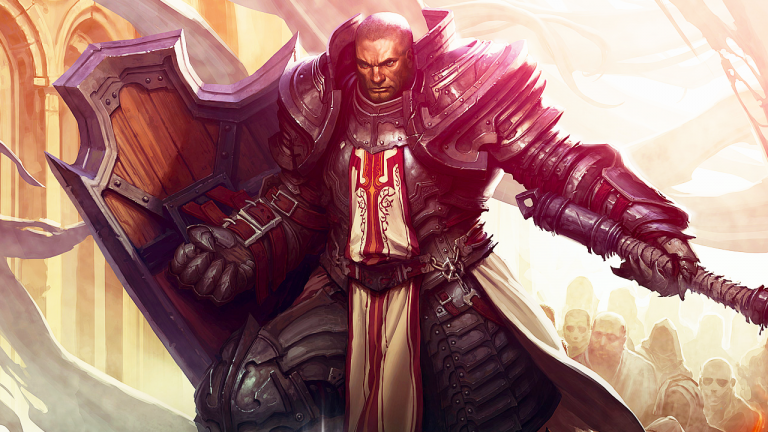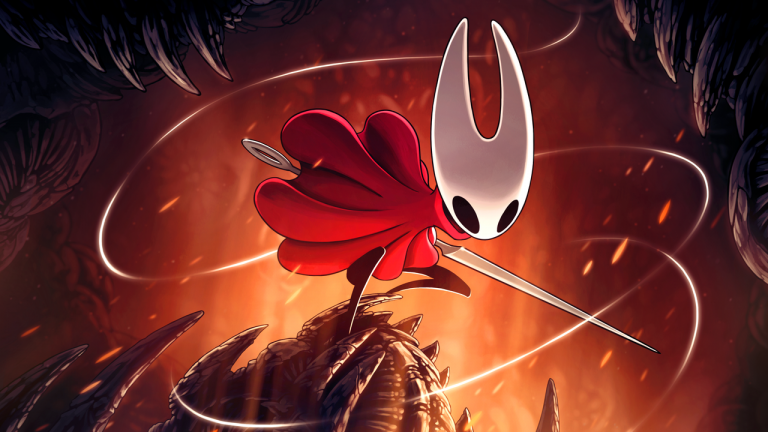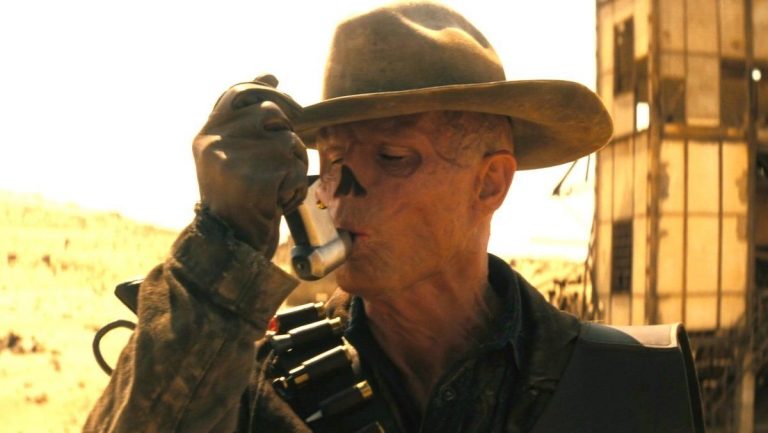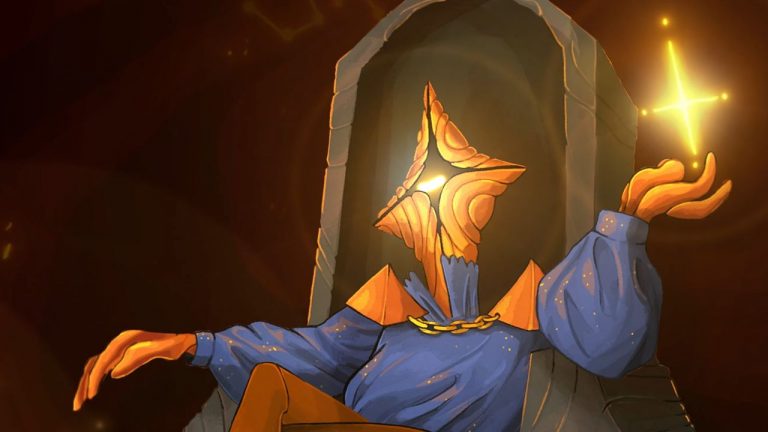As soon as I sat down to play it, the developers of Phantom Blade Zero were eager to tell me that they motion captured the movements from real kung fu masters to ensure their game was as “authentic” as possible. They’re also very aware that when the game was first revealed, players thought it looked “too choreographed” to be real gameplay, and have made two separate demos in the last year to convince everyone it’s the real deal. So far, I’d say it’s working.
At the Game Developers Conference in San Francisco last week I jumped straight to the second (and harder) of Phantom Blade Zero’s two demos, which threw me into battle against a boss suspended in the air on three silky red ropes. He whirled around the arena like a psycho marionette, descending in erratic swooshes to slash at me. I struggled with the timing on his attacks and movements and died—a lot.
In the end it’s a short fight, only demanding I parry a handful of attacks to then safely launch into a whirlwind combo of my own. But it took me almost an hour with the demo to really lock in on what I found so visually confusing compared to the action games I’m used to. Something was consistently throwing off my timing, making it hard to get a read on how enemies were reacting to my attacks or attacking themselves.
I found myself panic-mashing the block button too often, and usually missing out on the parry that would sap their stamina, AKA their Sha-Chi. At first I thought the marionette boss had simply been too fast and fluid for me to follow—and the developers told me players won’t reach this battle until they have a good 10 hours of game time under their belts. But when I switched over to the first demo and started fighting some basic enemies, I still kept blocking at all the wrong times.
Were the attack animations simply too long? Was I just so Monster Hunter-brained that I couldn’t grasp these very different controls?
I’ll blame my 70+ hours of recent Monster Hunting for about 10% of my troubles, but finally when I needlessly mashed block mid-duel with a lightweight enemy when he wasn’t even attacking me, I got it. I knew exactly what I was looking at, and realized that despite watching dozens of Chinese kung fu and wuxia films in my life, I’d never played a game with animations that evoked their very particular style, where blocking essentially looks just like attacking.
Let me give an example.
In a medieval European-style sword fight, I usually expect blocking an attack to look something like this:
Simple! Defensive! In Kingdom Come Deliverance 2, each attacker tends to hold their blade in place for a moment to absorb the impact of an incoming strike; a single swing of the blade is enough to ward off the attack. This is the sort of heavy, deliberate dueling I expect from games starring knights in platemail. The same goes for films; here’s a recent battle from the movie The King, for example.
Then there’s the other mode that Japanese action games operate in. Here’s a fight from FromSoftware’s Sekiro, which is all about lightning-fast parries.
#SEKIRO#SekiroShadowsDieTwice pic.twitter.com/rQlacjVd0HOctober 15, 2022
Even in this footage with slow-mo applied, you can tell how quickly the strikes from both player and enemy move; blade blocks blade and then is back to its resting position in an instant.
Classic samurai films often rarely even show swords making impact, opting instead for more expressive swiping, but whether a battle scene is a wild melee or a tense duel, they’re usually selling the same idea: one swing can end it all.
These are broadly the modes I expect games to be operating in; either an enemy is holding up their sword to block, or my attack is going to land and deal damage. Against most “fodder” enemies it’s usually the latter: they may block one or two swings, but then I’m tearing into them with a flurry of hits, ideally as their body staggers and reacts to each blow. But that’s not how it typically works in Phantom Blade Zero, which is evoking a very different sort of swordfighting.
Until you exhaust an enemy’s Sha-Chi gauge they’ll keep swinging, attacks and blocks blurring together.
Clip via WildGamerSK on YouTube.
I found these flowing, glancing blurs of swords confusing and imprecise in Phantom Blade up until I paused to think about their direct inspirations, like the duels in films like Crouching Tiger, Hidden Dragon:
Or Swordsman 2:
The style of these fights often sees attack bouncing off attack, rather than a push-pull of more structured offense and defense. I was overreacting to each enemy’s swings—actually just meant to deflect my own blows—as if they were incoming attacks. What makes for dazzling cinema can be a bit harder to read in a game, though the motion capture in Phantom Blade Zero looks just as cool as the real thing, a testament to the experts S-Game worked with.
The game’s tutorial really hammers home how distinct the swordplay looks from the likes of a Sekiro or Ninja Gaiden:
Clip via WildGamerSK on YouTube.
On top of this mental hurdle, Phantom Blade Zero has a lot going on—attacks that need to be parried or dodged with their own color-coded indicators, and an arsenal of dozens of weapons, some of which have entirely unique mechanics. The Soft Snake Sword, for example, has a different, more aggressive parry than other weapons but slows down your movement, making it a better counter for a one-on-one boss fight than a gang.
I didn’t immediately feel in control of Phantom Blade’s combat the second I went all film nerd on the differences between wuxia fights and samurai fights, but I was able to calm down a bit and recalibrate when I actually needed to be blocking. I think the mechanical mastery’s simply going to take more time—which there should be plenty of in the final game, as S-Game says it’s building an interconnected world reminiscent of the pre-Elden Ring Souls games, with more progression and RPG systems than last year’s more boss-focused Black Myth: Wukong.
You just might want to watch a few movies to get in the zone before playing it. I recommend starting with A Touch of Zen.


